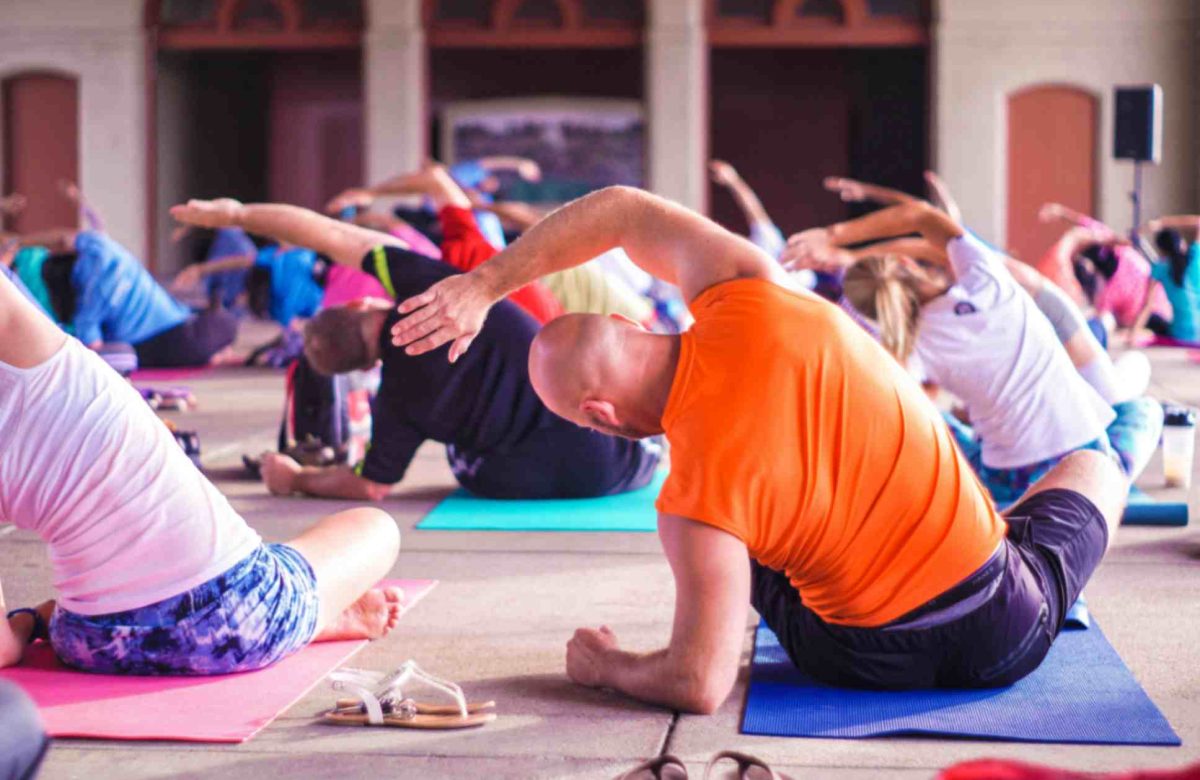The Benefits of Resistance Training for Older Adults

Aging is a natural process that brings wisdom, experience, and unique challenges. One of these challenges is maintaining physical strength and mobility as we grow older. The good news is that age is no longer a barrier to staying strong and active. Resistance training, also known as strength training or weightlifting, has emerged as a powerful tool for older adults to enhance their physical health, vitality, and overall quality of life. In this comprehensive guide, we’ll delve into the remarkable benefits that resistance training offers to older adults, empowering them to defy the limitations often associated with aging and embrace a life of strength and vitality.
Understanding Resistance Training
Resistance training involves performing exercises that work against a force – typically weights or resistance bands – to build muscle strength and endurance. This form of exercise targets various muscle groups and can be tailored to individual fitness levels, making it suitable for people of all ages.
9 Benefits of Resistance Training for Older Adults
1. Enhanced Muscle Strength and Mass:
Strength and muscle mass naturally decline as we age. Resistance training can help counteract this decline by stimulating muscle growth, improving muscle tone, and enhancing overall strength. This is crucial for maintaining functional independence and performing daily activities.
2. Improved Bone Health:
Osteoporosis and bone fragility are common concerns among older adults. Resistance training places stress on bones, stimulating bone formation and increasing bone density. This reduces the risk of fractures and supports skeletal health.
3. Enhanced Metabolism:
Resistance training contributes to an increase in lean muscle mass, which in turn boosts metabolism. This is particularly important for older adults, as a higher metabolic rate can help maintain healthy body weight and prevent weight gain.
4. Better Joint Health:
Engaging in resistance training can improve joint stability and flexibility. Strengthening the muscles around joints can alleviate discomfort and reduce the risk of joint-related issues.
5.Improved Balance and Coordination:
Resistance training exercises often involve stabilizing movements, which contribute to better balance and coordination. This can significantly reduce the risk of falls – a common concern among older adults.
6. Management of Chronic Conditions:
Resistance training has been shown to improve insulin sensitivity, blood pressure, and cholesterol levels. This makes it a valuable tool for managing conditions like diabetes, hypertension, and heart disease.
7. Enhanced Cognitive Function:
Regular physical activity, including resistance training, has a positive impact on cognitive function. It can help improve memory, attention, and overall brain health.
8. Mood Enhancement and Mental Well-being:
Engaging in regular resistance training releases endorphins – the body’s natural mood enhancers. This can help combat feelings of stress, anxiety, and depression, promoting mental well-being.
9. Empowerment and Confidence:
Achieving strength and fitness goals through resistance training can boost self-confidence and empower older adults to maintain an active and independent lifestyle.
Also Read : How to Incorporate Low-Impact Exercises into Your Fitness Routine
Getting Started with Resistance Training
1. Consult a Professional:
Before beginning any new exercise regimen, consult a healthcare provider or fitness professional, especially if you have existing medical conditions or concerns.
2. Start Slowly:
The intensity of your workout can be gradually increased by beginning with light weights or resistance bands. Prevent injuries by paying attention to form and technique.
3. Full-Body Approach:
Incorporate exercises that target different muscle groups. A well-rounded routine ensures balanced muscle development and overall strength.
4. Frequency and Progression:
Resistance training should be done at least twice a week. Gradually increase the weight, resistance, or repetitions as you become stronger.
5. Warm-Up and Cool Down:
Prioritize warming up before your workout and cooling down afterward to prevent muscle strain and enhance flexibility.
6. Adaptations and Modifications:
Tailor exercises to your fitness level and any physical limitations you may have. A fitness professional can help create a customized routine.
Safe Practices and Precautions
1. Appropriate Equipment:
Use proper equipment, such as well-fitting footwear and supportive clothing, to ensure safety and comfort during workouts.
2. Breathing and Hydration:
Breathe consistently during exercises and stay hydrated throughout your workout.
3. Listen to Your Body:
Pay attention to how your body feels during exercise. Discontinue any exercise that causes pain or discomfort.
Embracing a Lifetime of Strength and Vitality
Resistance training has transcended age barriers, proving that older adults can enjoy the benefits of increased strength, bone density, and overall well-being. By incorporating resistance training into their lives, older adults can enhance their physical and mental health, maintain independence, and redefine the narrative of aging. With a balanced approach, professional guidance, and a commitment to lifelong strength, older adults can embark on a journey of vitality, proving that age is truly just a number.




